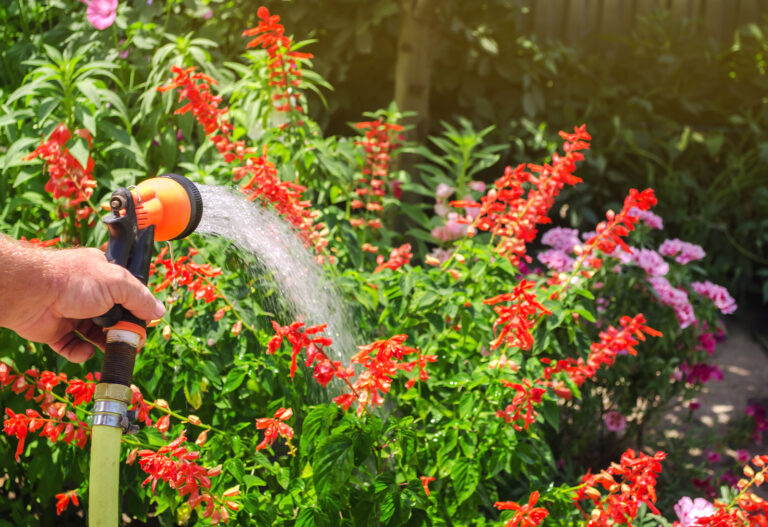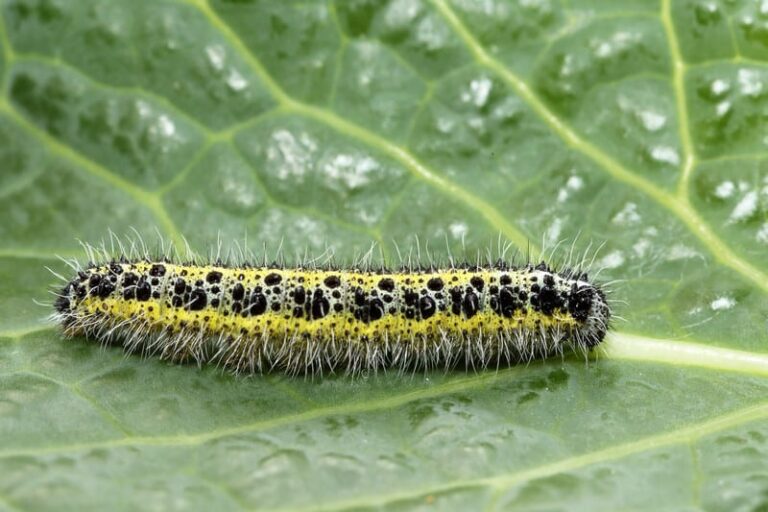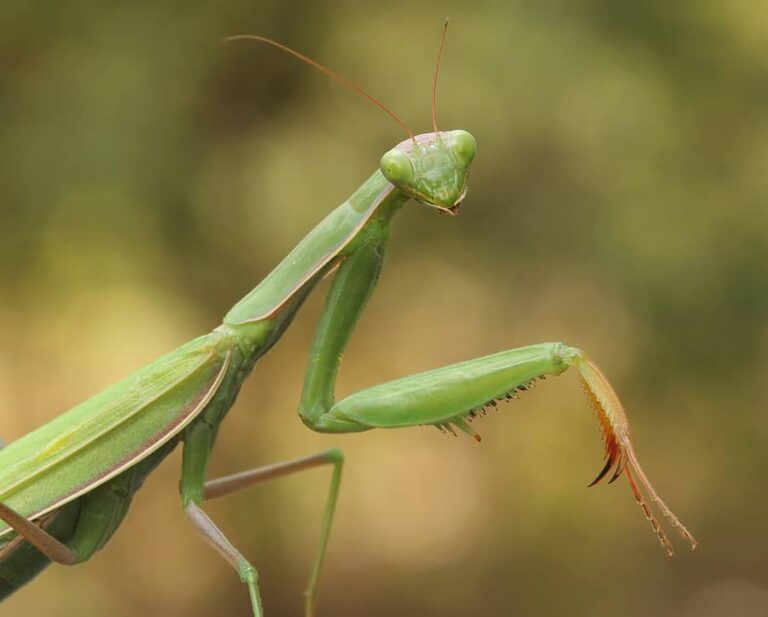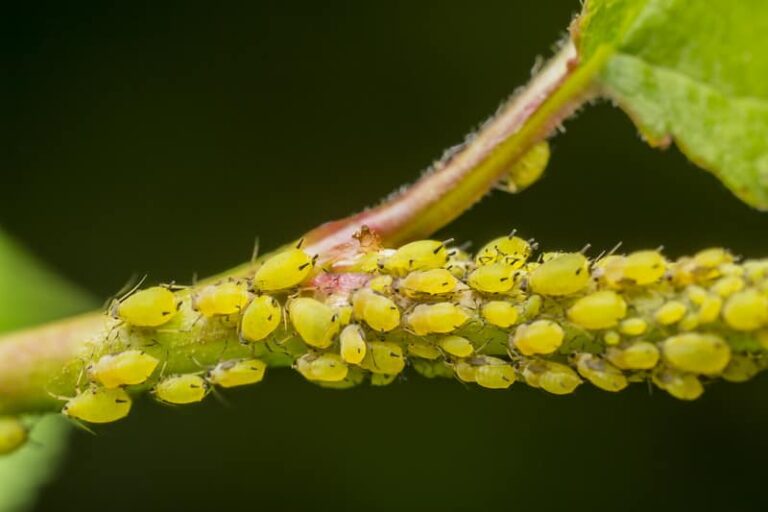Parsley Worm Organic Pest Control
The parsley worm is a very large, two-inch long, green caterpillar with yellow-dotted black bands across each body segment. It has a pair of orange horns that it can project to scare off enemies.
The beautiful black-and-yellow swallowtail butterfly is the adult form of the parsley worm.
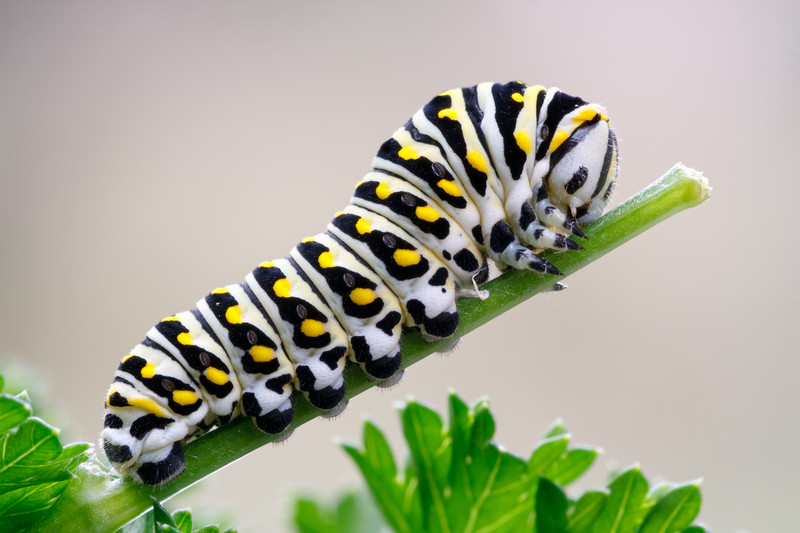
The parsley worm eats the leaves and stems of carrot-family plants but does little damage. The swallowtail butterfly drinks nectar from flowers.
Many gardeners prefer to attract swallowtail butterflies to their gardens and do nothing to control the parsley worm caterpillar.
The parsley worm is found throughout the United States.
The scientific name of the parsley worm is Papilio polyxenes asterius.
Good Products for Pest and Disease Control at Amazon:
- Garden Safe Snail and Slug Bait
- Bonide Sulfur Fungicide
- Monterey BT Caterpillar Killer
- Neem Bliss 100-% Cold Pressed Neem Oil
- Safer Brand Insect Killing Soap
- PyGanic Botanical Insecticide
Parsley worm target plants
Parsley worms chew the stems and leaves of plants in the carrot family: carrots, celery, parsnip, fennel, dill, and anise as well as Queen Anne’s lace and yarrow. Adults feed on the nectar of flowers.
Parsley worm feeding habits and damage
Parsley worms chew the stems and leaves of carrot-family plants. Unless there is a large infestation, the damage to plants is commonly minor.

Parsley worm life cycle
In cold-winter regions, this insect overwinters as a pupa and in warm climates as an adult butterfly. Adults emerge from pupa in spring and lay single round, pale green or cream-colored eggs the size of pinheads on the tips of host plant leaves. Eggs hatch in four to nine days, then caterpillars feed for 10 to 30 days before entering the pupal stage—a chrysalis–for about 18 days.
There are two to four generations of parsley worms each year.
Parsley worm organic controls
Handpick parsley worms and move them to expendable host plants from the carrot family; plants specifically planted to feed the parsley worm and host the swallowtail and other butterflies.
Serious parsley worm infestations can be controlled by Bacillus thuringiensis dust; dust all parts of the leaves, especially the undersides or apply BT in liquid form; reapply every 10 to 14 days until the infestation is controlled.
Attracting Swallowtail Butterflies: To attract swallowtail butterflies provide water and plant nectar plants such as parsley, dill, fennel, butterfly bush, or lantana.
Parsley worm natural predators
The parsley worm’s insect predators include assassin bugs, lacewing larvae, parasitic wasps, and predatory flies. Animal predators include Baltimore orioles, barn swallows, bluebirds, chickadees, flycatchers, and kinglets, also snakes, and toads.
Birds will eat parsleyworms but they may not eat caterpillars that have fed on licorice-flavored anise. Licorice is a flavor most birds do not like.
Related articles:
Vegetable Garden Organic Pest Control
Vegetable Garden Diseases Problem Solver
Vegetable Garden Organic Weed Control
Garden Planning Books at Amazon:


